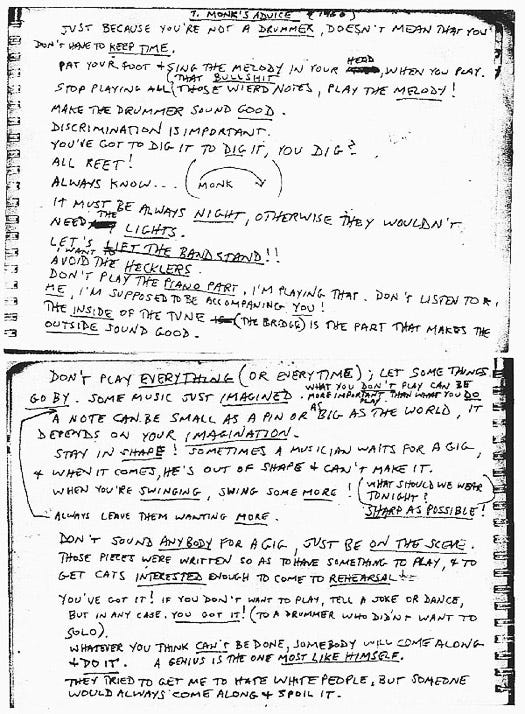Nora Germain's Basics for Jazz Violin and Life in Music: A Personal Perspective
This article, presented as a personal reflection by jazz violinist Nora Germain, offers insights into the world of jazz and the journey of a musician. Germain emphasizes the importance of consistent effort and dedication in mastering jazz, drawing from her own experience of 17 years in the field. She highlights that there are no shortcuts to achieving proficiency in jazz, emphasizing the significance of continuous learning and improvement.
Germain also stresses the importance of mentorship and learning from seasoned musicians. She mentions her experiences with prominent figures like Marshall Hawkins, Jon Batiste, and Martin Taylor, emphasizing how such interactions have enriched her musical journey.
The article, written in a stream of consciousness style, aims to provide readers with a glimpse into the mindset and approach required to succeed in the world of jazz. It encourages aspiring musicians to embrace the challenges, put in the work, and persevere in their pursuit of musical excellence.
Mukauta tiivistelmää
Kirjoita tekoälyn avulla
Luo viitteet
Käännä lähde
toiselle kielelle
Luo miellekartta
lähdeaineistosta
Siirry lähteeseen
rocknheavy.net
Basics for Jazz Violin and Life in Music
Tärkeimmät oivallukset
by Nora Germain klo rocknheavy.net 11-14-2024
https://rocknheavy.net/basics-for-jazz-violin-and-life-in-music-ee0ef7b69233
Syvällisempiä Kysymyksiä
